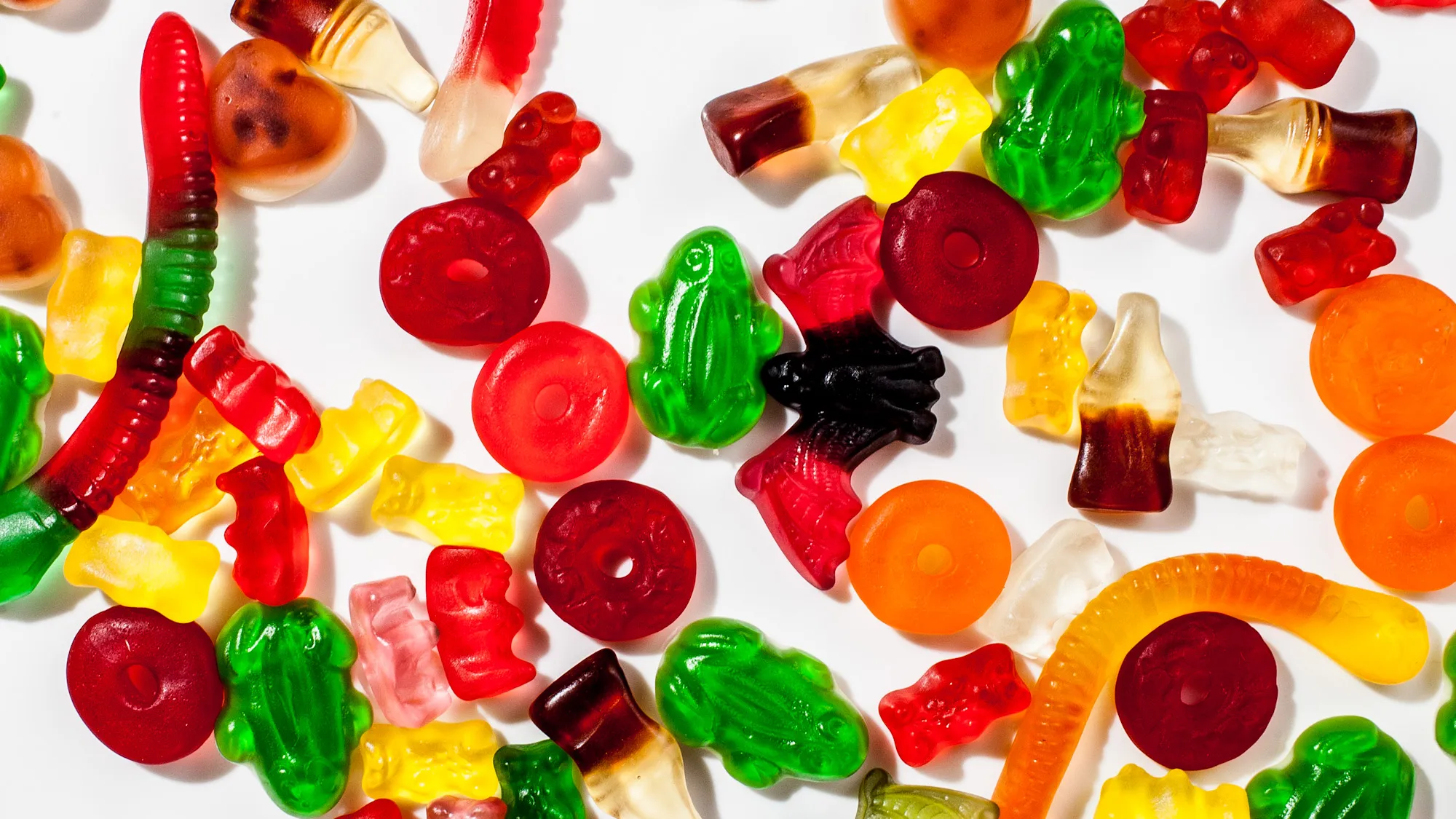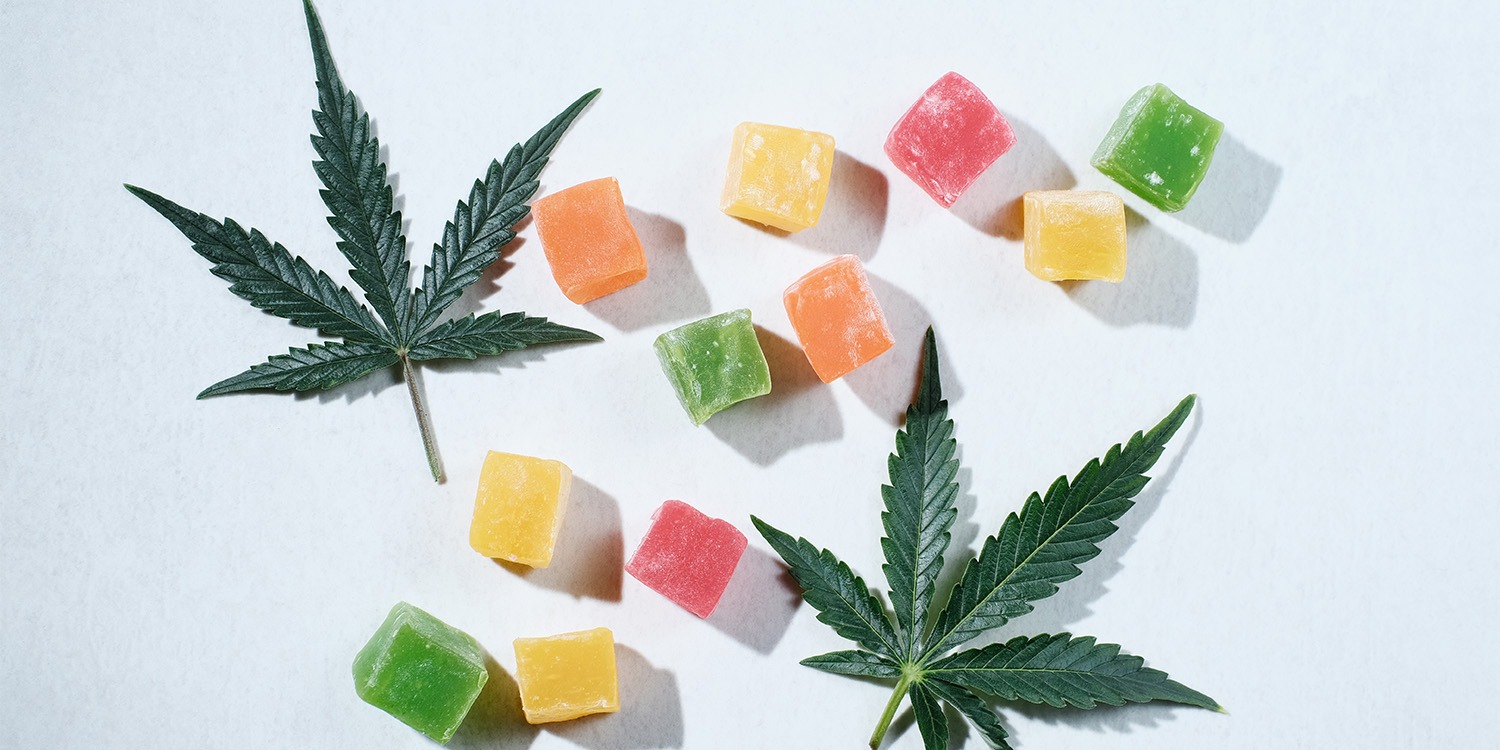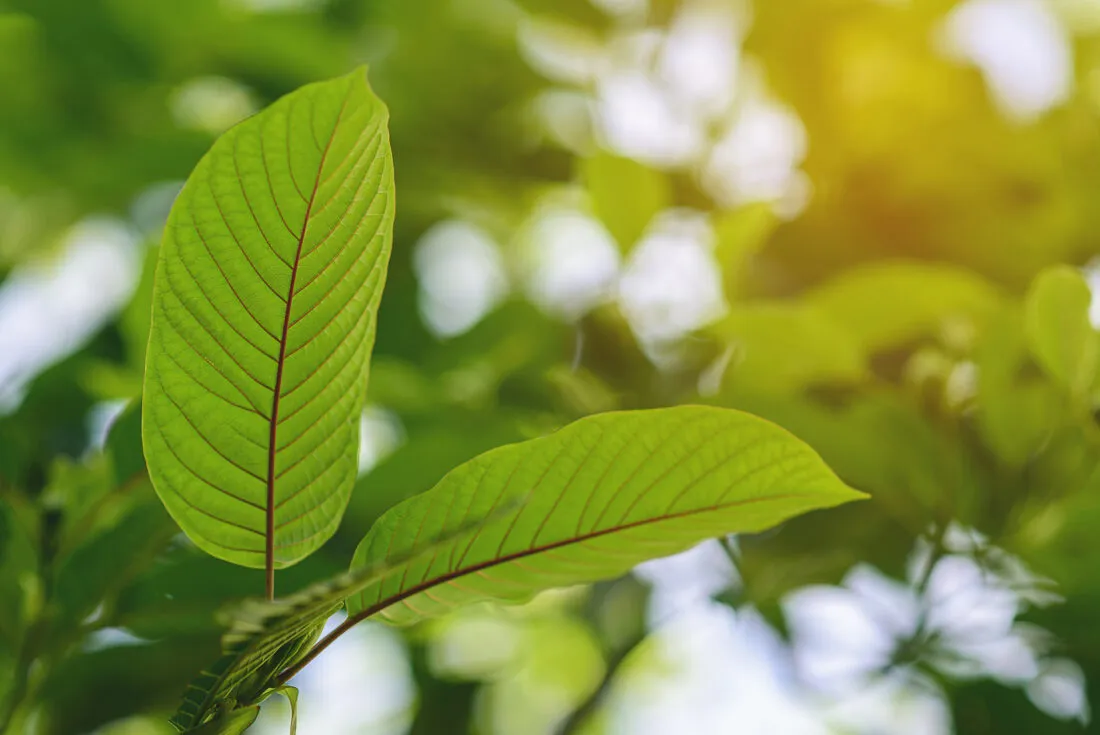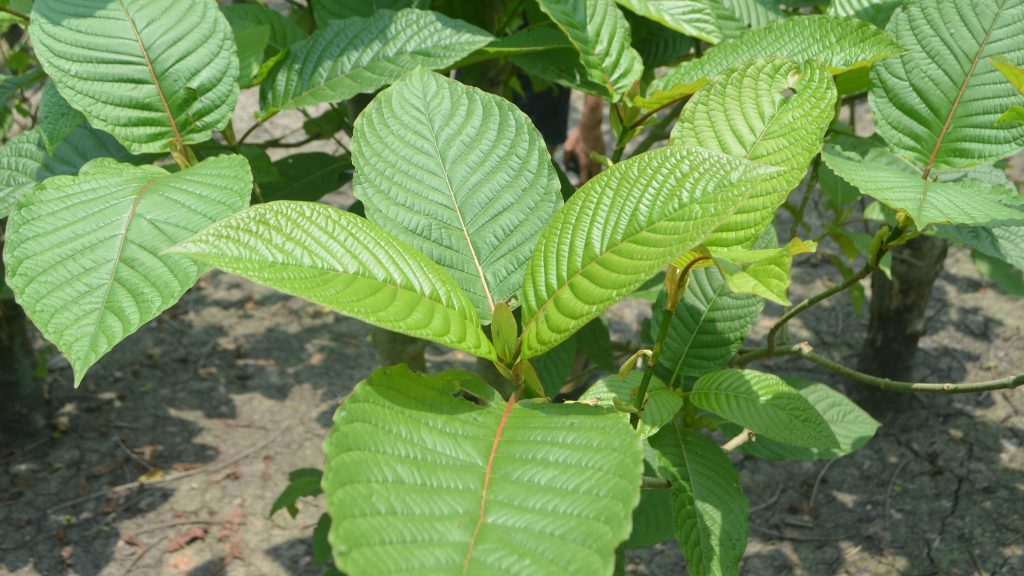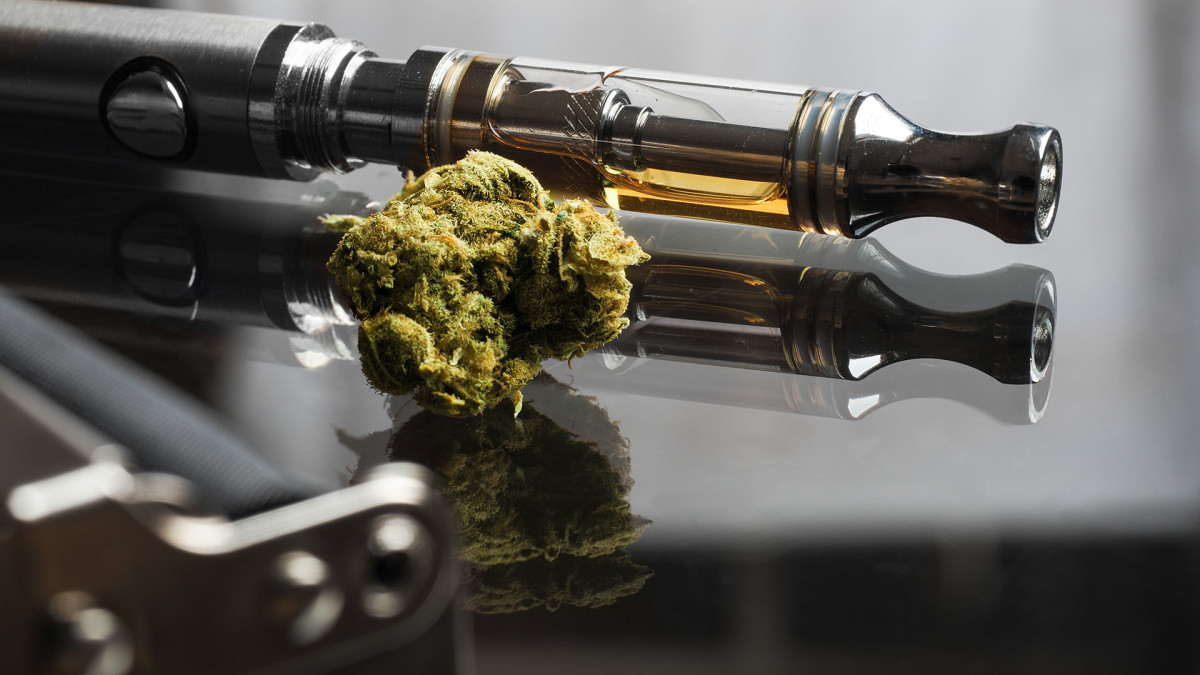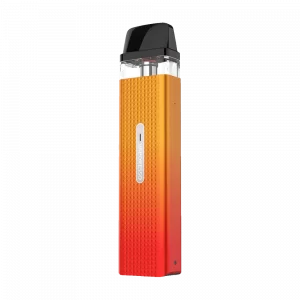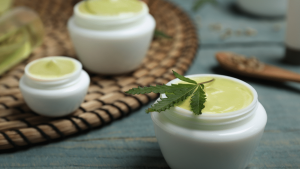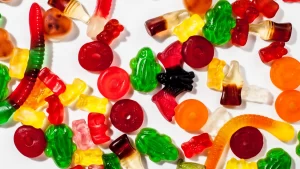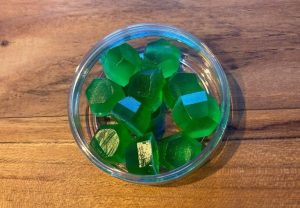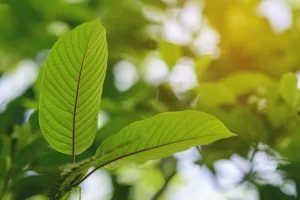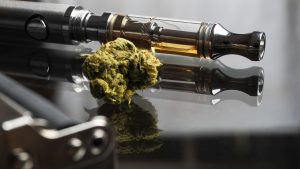
Unlock the Healing Properties of CBD Creams for Targeted Relief
Particularly among those searching for natural means of control of pain and inflammation, CBD lotions have been rather popular recently. For individuals looking for a localized, calming remedy, these creams—infused with cannabidiol (CBD)—are meant to provide focused relief straight to the area of pain. Using the best cbd cream could give the relief you need without systemic adverse effects, whether you are new to CBD or investigating it as a substitute for conventional painkillers.
How Do CBD Creams Work?
Derived from the cannabis plant, CBD interacts with the endocannabinoid system (ECS), which controls several physiological processes, including pain and inflammation. Unlike oral CBD medicines that pass through the bloodstream, topical CBD creams are administered straight to the skin, therefore enabling a concentrated action on the afflicted area. Applied, the CBD interacts with cannabinoid receptors in the skin to aid in lowering inflammation and easing pain without producing the “high” connected with THC.

Benefits of Using CBD Cream for Targeted Relief
Using CBD creams has one of the main benefits since they offer targeted treatment. Here’s how they could change things:
- Localized Pain Relief: Applied straight to the skin, CBD creams provide relief exactly where you need it. For joint pain, muscle tightness, and other specific pains, this makes them particularly helpful.
- Natural Inflammation Control: Given its anti-inflammatory qualities, CBD is well-known for helping disorders including arthritis. Frequent application of CBD creams might help to lower inflammation in affected regions and ease pain.
- Soothing for Skin Conditions: Beyond discomfort, CBD lotions are prized for their ability to nourish skin. Many people discover that CBD, along with the moisturizing components, helps with skin conditions including psoriasis and eczema.
CBD Creams: A Natural Path to Relief
CBD creams are a good substitute for conventional painkillers in a society when people are choosing natural medicines more and more. Without affecting the whole body, they offer relief exactly where it is needed by allowing for focused, localized application. Therefore, the best cbd cream could be your key to releasing efficient, plant-based relief if you’re looking for a natural approach to reduce discomfort.
Continue Reading